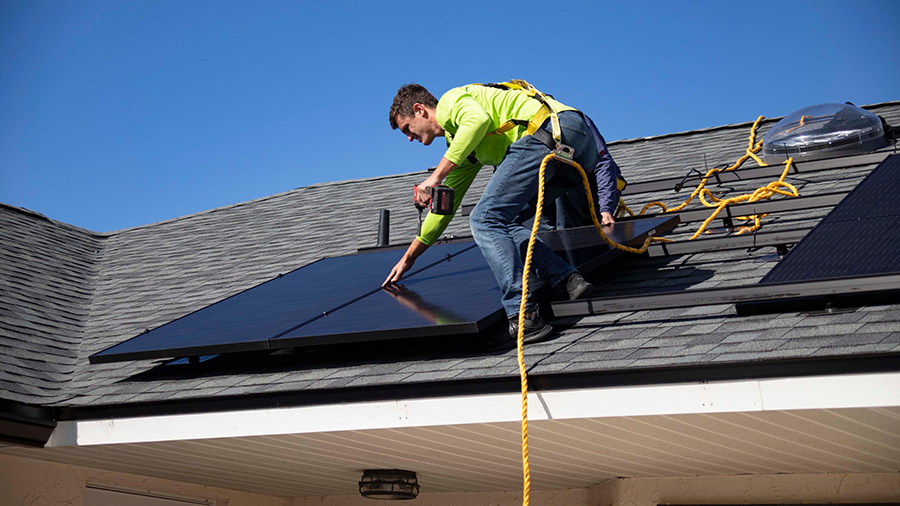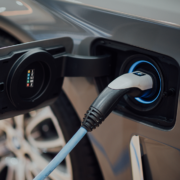How Many Solar Panels Do You Need to Charge Your Electric Car?
As the world transitions towards sustainable energy solutions, the popularity of electric cars and solar panels continues to soar. Both technologies offer a promising solution to combat climate change and reduce our dependence on fossil fuels. One exciting synergy between these two innovations is using solar panels to charge electric vehicles (EVs). But, how many solar panels do you actually need to power up your electric car? Let’s delve into the specifics of this intriguing question.
Understanding the Basics
To determine the number of solar panels required to charge your electric car, it’s important to consider a few key factors:
- Energy Consumption of Your Car: The energy consumption of an EV can vary based on factors such as its battery capacity, efficiency, and driving conditions.
- Charging Efficiency: Charging your EV using solar panels involves converting sunlight into electricity, then transferring that energy to your car’s battery. Some energy is lost during these conversion and transfer processes.
- Solar Panel Efficiency: The efficiency of solar panels varies, with newer panels generally offering higher efficiency rates. This affects how much energy they can generate from the available sunlight.
- Daily Sunlight Hours: The amount of sunlight your location receives per day impacts how much energy your solar panels can generate.
- Battery Capacity: The capacity of your EV’s battery is important since it determines how much energy you need to fully charge the vehicle.
Calculating Solar Panel Requirements
To calculate the number of solar panels needed, follow these steps:

- Determine Your Car’s Energy Consumption: Find out the energy consumption of your EV in watt-hours per mile or kilometer. This information can often be found in your car’s manual or specifications.
- Calculate Daily Energy Requirement: Multiply your car’s energy consumption by the number of miles or kilometers you plan to drive in a day. This gives you the daily energy requirement in watt-hours.
- Consider Charging Efficiency: Account for charging efficiency. Solar panels generate direct current (DC) electricity, which needs to be converted to alternating current (AC) for your car. This conversion incurs some energy loss.
- Incorporate Solar Panel Efficiency: Divide your daily energy requirement by the solar panel’s efficiency to determine the actual energy your panels need to generate.
- Account for Sunlight Hours: Divide the energy generated by your solar panels by the average sunlight hours in your location. This gives you the power output per hour.
- Divide by Panel Capacity: Divide the hourly power output by the capacity of a single solar panel to find out how many panels you need.
- Finalize the Calculation: Round up the number of panels to the nearest whole number for practicality. Keep in mind that the number may change based on real-world variables like weather conditions.
Harnessing the power of the sun to charge your electric car is a sustainable and forward-thinking solution. The exact number of solar panels you’ll need depends on various factors such as your EV’s energy consumption, solar panel efficiency, and the amount of sunlight your location receives. Remember, the goal is not only to meet your daily driving needs but also to potentially generate excess energy that can be fed back into the grid or stored for later use. As technology advances and solar efficiency increases, the integration of solar power and electric vehicles will become even more practical and impactful. So, if you’re looking to make your daily commute greener and more eco-friendly, crunching the numbers and investing in solar panels could be a bright idea.


